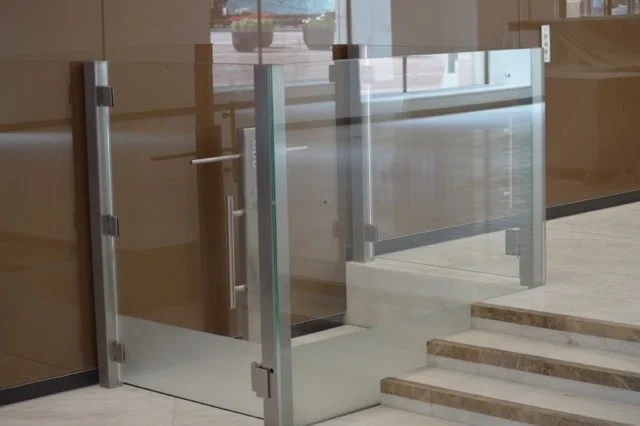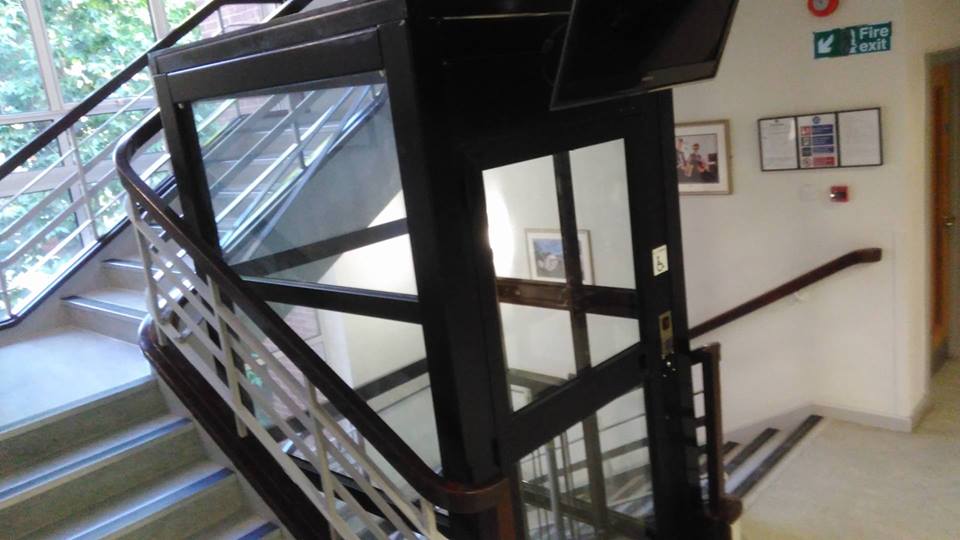The importance of step-free access to the public transport system is widely recognised in this day and age. It is why, for instance, all 41 stations on the Crossrail Elizabeth line have it. But while a new railway, underground, or tram system can be built with this included, retrofitting can be a challenge.
Nonetheless, it is a challenge that Transport for London is taking on. The latest works include the revamp of Colindale Station on the Northern line, which will include both step-free access and a new ticket office.
The scheme includes a lift to the platform, which will enable those in wheelchairs and with other mobility needs to get from the ticket office area down to the platform. This is required even though the station is on the surface, as passengers still need to descend from the roadside entry to the platform below.
This project is one of several taking place as the Tube is gradually upgraded for those of restricted mobility. Better step-free access is part of the Piccadilly line upgrade, as well as a major part of the revamp of Elephant & Castle station.
Elephant & Castle is due for significant expansion and improvement for other reasons too, as the Bakerloo line, which currently terminates there, is set to be extended to the south-east, with four new stations.
Two of these, Burgess Park and Old Kent Road, will be new stations, while there will be interchanges with New Cross Gate Overground Station and Lewisham Rail and Docklands Light Railway station. This section is planned to be running by 2040, with a possible further expansion as far as Hayes by converting existing heavy rail lines.
Needless to say, this expansion will include step-free access, just like the two new stations on the Northern line spur at Nine Elms and Battersea Power Station that opened in 2022.
Some of the work on providing step-free access to older stations built without such considerations may be challenging, but it has been achieved elsewhere; for instance, all 15 stations on Glasgow’s Subway, which dates from 1896 and has never been expanded, have step-free access.







































